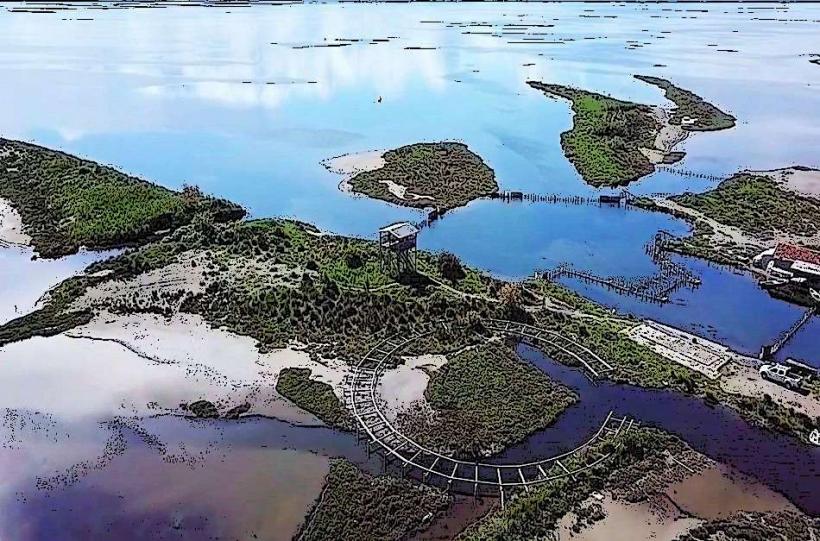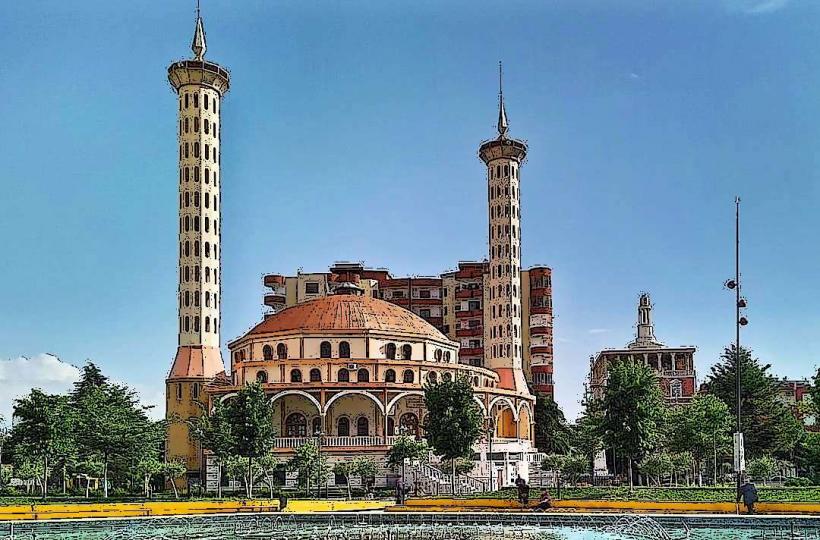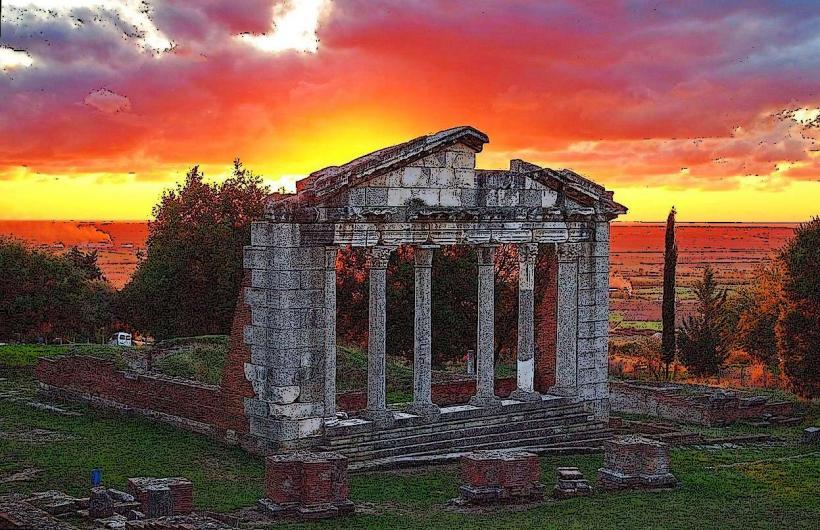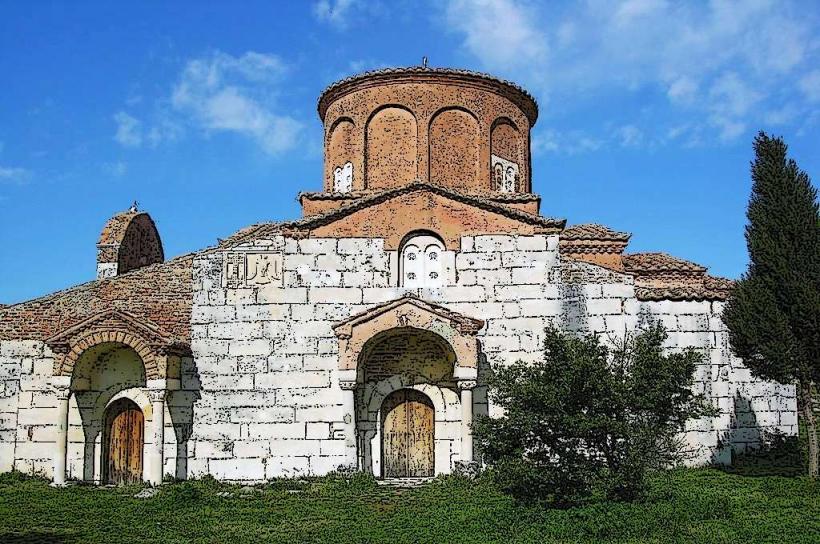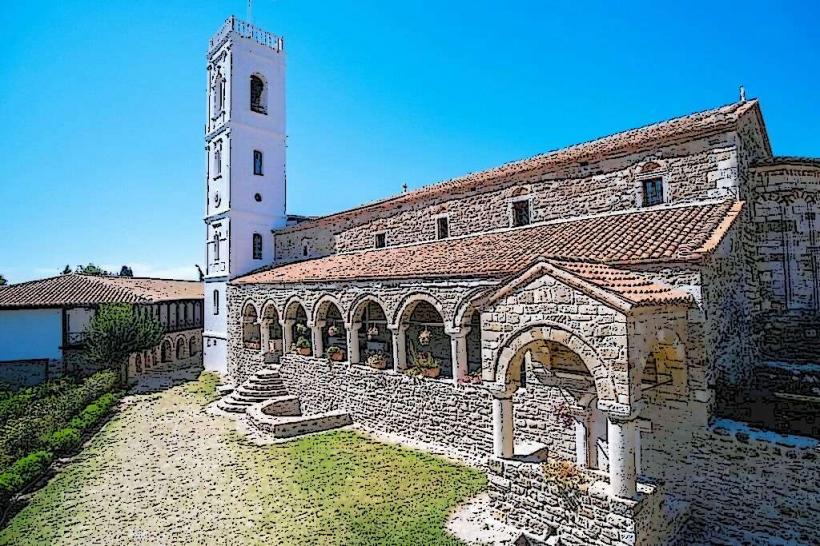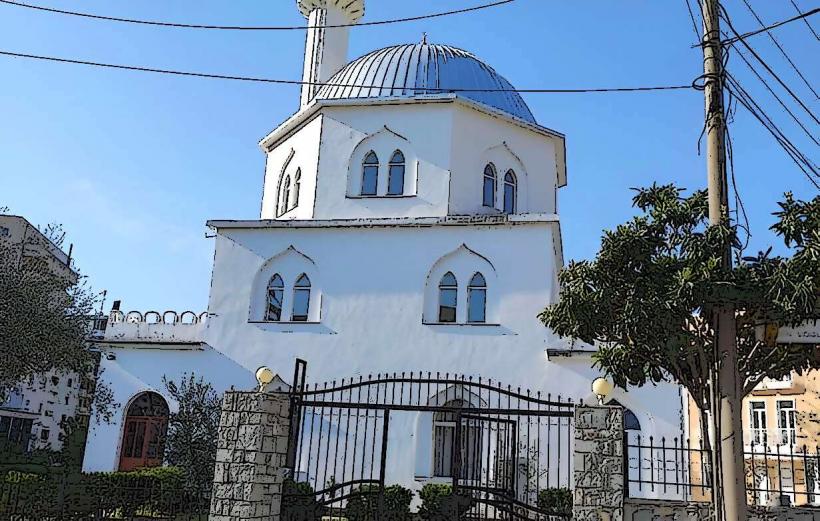Information
Landmark: Divjaka National ParkCity: Fier
Country: Albania
Continent: Europe
Divjaka National Park, Fier, Albania, Europe
Overview
Divjaka National Park sits in central-western Albania, a protected stretch of wild beauty just beside the shimmering Karavasta Lagoon, consequently it ranks among the country’s most treasured natural parks, home to rare ecosystems, lively wildlife, and sweeping views of green valleys and distant peaks.The park is known for its rich biodiversity, with sandy shores, quiet wetlands, and dense forest trails that draw nature lovers, birdwatchers, and eco-tourists alike, alternatively divjaka National Park sits in Albania’s Lushnjë region, roughly 100 kilometers west of Tirana, the capital, where pine-scented air drifts in from the nearby coast.It sits close to the Adriatic Sea, where the protected landscape embraces the famous Karavasta Lagoon, its waters glinting in the sun, meanwhile covering roughly 22,000 hectares, the park stretches from quiet wetlands to wind-swept sand dunes, with forests and rugged coastline in between.The park teems with life, blending lush forests with glimmering ponds and streams, likewise the Karavasta Lagoon-the largest along Albania’s coast-stands out as a defining feature of Divjaka National Park, its waters glinting under the afternoon sun.Biodiversity and Wildlife - Birdwatching: Divjaka National Park draws birdwatchers from far and wide, thanks to its closeness to Karavasta Lagoon, where flocks of migratory birds wheel and call above the water, besides more than 200 kinds of birds live in the park, from sleek waterfowl gliding across the pond to shorebirds darting along the sand and raptors circling high overhead.The Dalmatian Pelican, with its pale feathers and massive wings, is one of the park’s most vital residents-a globally endangered bird that nests here and passes through the lagoon on its migrations, not only that this lagoon ranks among Europe’s biggest breeding grounds for the species, with thousands of birds crowding its shallow, silvery waters each spring.The park’s plant life ranges from damp wetland grasses and salt marshes to tall reed beds and the gloomy green shade of pine forests, in addition thick stands of reeds ring the lagoon, offering both shelter and food to the park’s wildlife.The nearby landscape shifts from Mediterranean shrubs to shady oak forests, then opens into stretches of sunlit grassland, alternatively fauna: Along with its birds, Divjaka National Park is home to wild boar rooting in the undergrowth, sly foxes, roaming jackals, and quick-footed rabbits.The park shelters frogs that croak at dusk, sun-warmed lizards, and countless buzzing insects, creating a vibrant hotspot of life, consequently divjaka National Park is a Ramsar Site, protected under the international treaty that safeguards the world’s most vital wetlands-places where reeds sway in the wind and birds gather by the water’s edge.The park-especially the shimmering Karavasta Lagoon-plays a vital part in protecting wetlands and the wildlife that rely on these delicate habitats, after that each spring and autumn, the lagoon becomes a vital rest stop for migratory birds on the Adriatic Flyway, where flocks settle briefly to feed and gather strength for the next leg of their journey.It seems, Even though it’s a protected area, the park still struggles with pollution, overfishing, and coastal urban sprawl, where current buildings crowd the shoreline, then human activity is putting these fragile ecosystems at risk, so conservation teams work to protect the park’s habitats and the wildlife that depend on them, from tall whispering pines to darting river fish.Tourism and Activities – Birdwatching: In Divjaka National Park, you can spot rare pelicans gliding over the marshes, making it one of Albania’s top birdwatching spots, meanwhile in spring and again in autumn, the park draws crowds as thousands of birds sweep overhead, their wings flashing in the sun, relatively Karavasta Lagoon offers the perfect destination to watch the Dalmatian Pelican glide over the water, along with flocks of herons, ducks, and other migrating birds, as a result around the lagoon, you’ll spot tall observation towers and wooden platforms where birdwatchers can pause and watch herons glide across the water.The park’s trails wind through a mix of landscapes, leading you from soft coastal dunes to whispering reed beds and the cool shade of pine forests, likewise strolling through the park, visitors can spot radiant wildflowers, hear a finch’s quick song, and soak in the area’s quiet beauty, partially The trails wind gently through the park, easy enough to follow that even kids in sneakers can manage them, so families and casual hikers can explore without worry, alternatively take a boat tour or paddle a canoe across the Karavasta Lagoon, where you can watch herons lift off from the reeds and perceive the lagoon’s rare ecosystems up close.Local tour operators run boat rides, a favorite for soaking in the lagoon’s glassy water and quiet charm, along with if you want to explore the water with a bit more energy, you can grab a kayak or canoe and paddle out, feeling the spray on your face.Spread out a blanket under the whispering pines-Divjaka National Park is the perfect spot to unwind, as well as you can spread a blanket by the lagoon’s edge, where the water laps softly, or tuck yourself into the shade of the park’s tall, whispering pines.It’s a perfect spot to take in the park’s quiet beauty, where tall pines sway gently and the air feels crisp and clean, meanwhile beyond its wild beaches and wetlands, the area around Divjaka National Park brims with history and tradition; in nearby Divjakë, narrow streets lead past antique stone buildings that hint at centuries of stories.Honestly, The town’s dotted with heritage stone Albanian buildings, and its bustling markets spill over with the smell of fresh bread, giving visitors a real taste of local life, as well as just a short hike away, you can wander through the Roman ruins of Apollonia, where weathered stone arches and worn marble steps still echo the days of the empire.It seems, These crumbling stones offer a fleeting gaze into the region’s past, like a whisper of voices long gone, also around Divjaka, compact villages welcome you into the rhythms of traditional Albanian country life, where you might hear a rooster crow at dawn.Visitors can savor local dishes, from just-caught fish still smelling of the sea to vegetables pulled from the rich, gloomy soil of the plains around the park, on top of that you can reach Divjaka National Park from Tirana in about 1.5 to 2 hours by car, covering roughly 100 kilometers along open roads lined with flat, sunlit fields, not entirely You can also reach the park from Lushnjë, a town about 15 kilometers away, where the air smells faintly of fresh bread in the morning, as well as you can catch a bus or hail a taxi from Tirana or nearby towns, with rides leaving regularly and engines humming at the curb.Funny enough, The ideal time to explore Divjaka National Park is in spring, from April to June, or in autumn, from September to November, when the air feels mild and flocks of migratory birds sweep across the sky, also summer’s a perfect time for hiking and other outdoor adventures, though the heat can hit hard-especially along the coast where the air feels thick and salty.Winter draws fewer visitors, but birdwatchers can still spot the resident species-like a radiant red cardinal perched against the snow, equally important in conclusion, Divjaka National Park bursts with Albania’s rich biodiversity, from rustling pine forests to flocks of pelicans, and invites visitors to explore its trails, wetlands, and countless eco‑tourism adventures.With its mix of wetlands, rugged coastline, and shady forests-and the fact that it’s a protected area-it’s a must‑detect for nature lovers, birdwatchers, and anyone drawn to Albania’s wild beauty, also the park plays a key role in conservation-especially protecting the endangered Dalmatian Pelican, with its wide wings glinting in the sun-which deepens its…, a little
Author: Tourist Landmarks
Date: 2025-09-01

